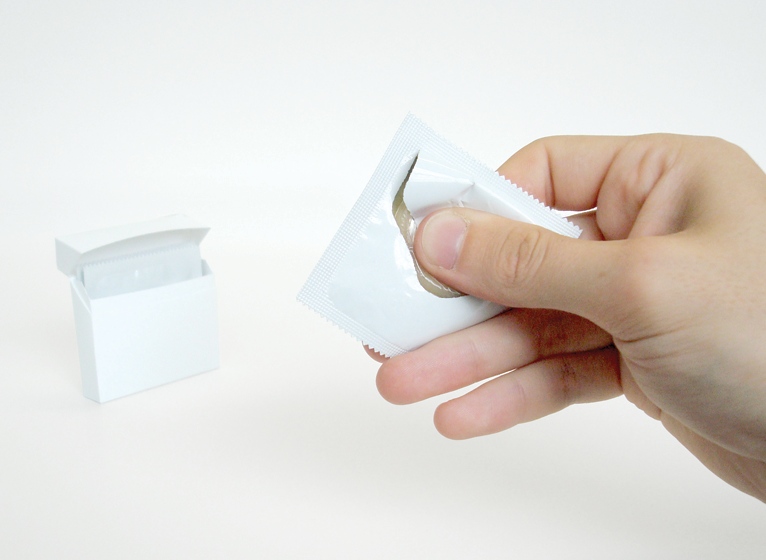
Science proves that communication and flexibility make relationships better
It seems that when scientific studies tackle something sex-related, their findings are often just verification of what sexperts have been talking about for years (remember when scientists proved that stimulation of the clitoris and stimulation of the vagina activate different regions of the brain?). But there’s still something satisfying about qualitative research backing up these things. Two recent studies reminded us of this.
The first study, conducted by Elizabeth Babin, an expert on health communication at Cleveland State University, asked participants to complete surveys about their own personal sexual communication (both non-verbal and verbal), sexual self-esteem, and sexual satisfaction. 207 people participated.
As it turns out, low apprehension about sexual communication plus high sexual self-esteem were linked to more communication during sex, and communication during sex was linked to more sexual satisfaction. Vice versa, apprehension over talking about sex caused less sexual satisfaction overall. Moral of the story: communicate with your partner! It’s good for you!
The second study, published in the Journal of Sex Research and undertaken by researchers at the University of Arizona and Hanover College, studied “sexual transformations” — changes that people make to their sex lives for the sake of their partners — and how they impact relationships. 96 couples were asked about sexual changes they made — such as frequency of sex and types of sexual activity — and how they felt about them. They were also asked how often they cuddled, because why not?
The results showed that folks reported higher levels of relationship satisfaction when their partners were willing to undergo “sexual transformations” for them. Also, those who felt more positive about the changes reported higher levels of relationship satisfaction. Overall, a willingness to adapt and be flexible when it comes to sexual activity seems to be a positive force in relationships — which isn’t much of a shock.
Writer Debby Herbenick sums it up nicely:
As with movies, drinks and food, it’s common for people in relationships to have different preferences. One person likes beer and the other digs wine. One likes action flicks and the other favors anything starring Audrey Tautou. One likes vanilla intercourse and the other wants to hold a vibrator to their partner’s clitoris while she’s upside down in wheelbarrow, wearing a pirate costume.
Nearly all couples have different wants and needs, likes and dislikes, when it comes to sex. And that’s OK. Very few couples line up exactly in terms of how often they want to have sex, the positions they want to twist their bodies into, how long they want to spend from kissing to falling asleep, and the types of sex they want to engage in. What matters is how couples fill in those gaps — how they make changes for each other, how they feel about and approach the ways they’re willing to bend, and how they stay connected through affection.
Also, unsurprisingly, cuddling (and kissing, massaging, and hugging) resulted in higher levels of relationship satisfaction. Moral of the story: cuddle often, and be, as Dan Savage says, “good, giving, and game.”
It should be interesting to see what comes next in the field of sex research. Elizabeth Babin’s next move is to research couples and their communication styles as they relate to sexual satisfaction. Ultimately, she is hoping to develop ideas for therapists and sex educators in teaching folks how to discuss sex more freely with their partners. A very good goal, we think!


